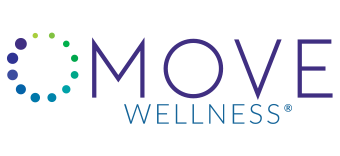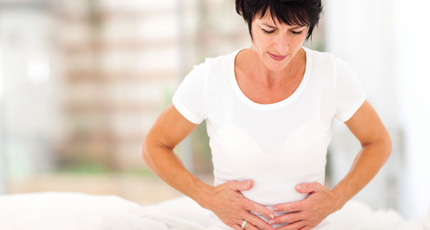Break Free from Pelvic Floor Disorders
Did you know that 1 in 3 women suffer from or will develop a pelvic floor disorder during their lifetime?
Pelvic floor disorders are problems related to bladder, bowel and sexual function. They include different types of urine leakage (incontinence) or bladder control problems like going frequently, getting up at night to urinate, or getting strong, uncontrollable urges to urinate. Pelvic floor disorders also include problems related to the bowels such as accidental loss of gas or stool. Finally, a condition known as prolapse, which is a feeling that the pelvic organs (bladder, uterus, vagina or rectum) are bulging or falling out, is also a pelvic floor disorder.
The risk for pelvic floor disorders increases with age. While these conditions are often linked to having children, there are other reasons they can develop. There are also many conditions that make pelvic floor disorders worse that can be managed with relative ease. Many women suffer silently from these conditions. They assume that these conditions are a normal part of the aging process. They also assume that because their mother or sister had it, then they are destined to get it too.
Fortunately pelvic floor disorder are not life threatening. They primarily affect a woman’s quality of life. That means that they do not have to be treated right away. Depending on how bothersome the condition is, a watch and wait approach is often acceptable. However, a thorough evaluation is needed first to ensure it is safe to wait.
Once a pelvic floor disorder affects a woman’s quality of life, there are a number of treatment options available. Many of these options are conservative and non-invasive like lifestyle, behavior, or diet changes. Other treatments include medications, physical therapy and surgery in some cases. Each woman is different; therefore each woman’s treatment plan will be different.
Be open with your doctor about your symptoms and ask about treatment options. You can also ask about seeing a specialist and request a referral if needed. There are qualified specialists in your area that are willing to help you break free from pelvic floor disorders.
To learn more about about pelvic health and incontinence, join us for Incontinence Night at MOVE Wellness Studios, on May 4th. Click here for more information.
This article was originally published at www.ihacares.com by Dr. Adam Ziff on October 20, 2014, and was updated on March 30, 2017.


